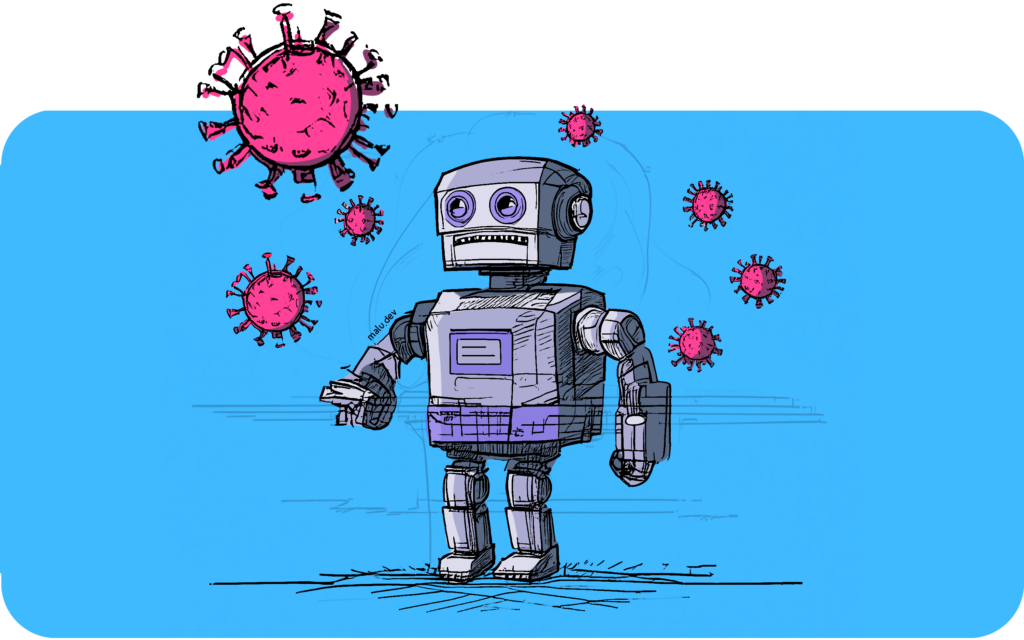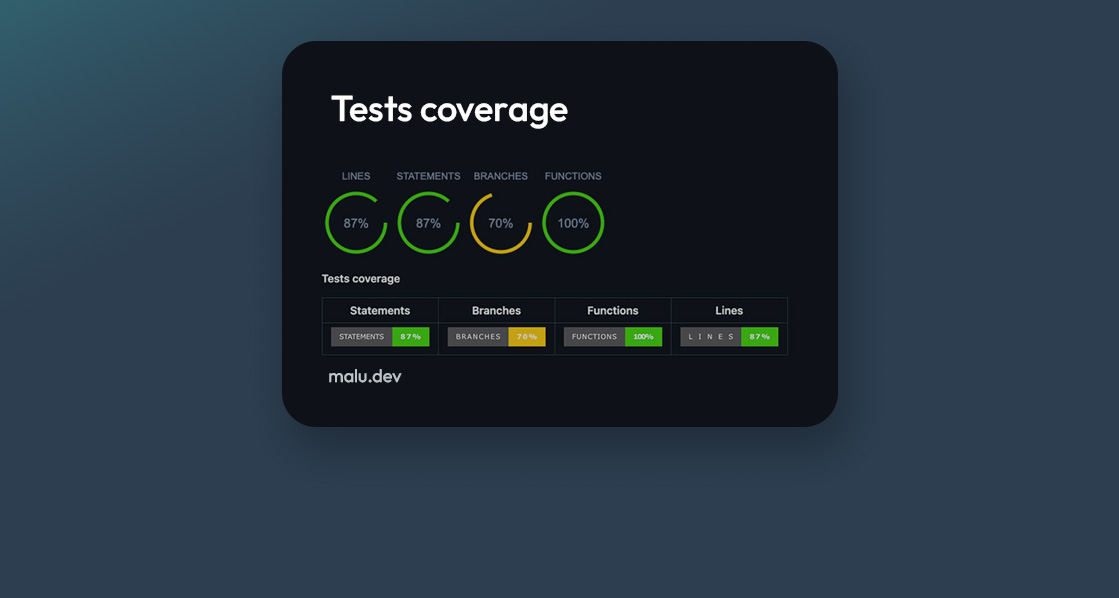Mutation Testing: Does your system survive code mutations?

What is Mutation Testing?
Mutation testing is a technique used to evaluate the quality of your tests by deliberately introducing small changes, or “mutations,” to your codebase. The goal is to check whether your existing tests can detect these mutations. If a test fails when a mutation is introduced, it means that the test is effective and has caught a potential bug. If the test passes despite the mutation, it suggests that the test is not thorough enough or isn’t testing that specific part of the code.
How it works

Code
Our application has a code with business rules, functions and logic for operation, whether APIs, screens, components, services, etc.

Tests
Our (unit) tests should pass when the business rules are implemented correctly. The tests validate the rules, functions and logic implemented.

Code with mutations
The code receives mutations, small changes that should alter the rules and functioning of the system.

Tests
When mutations are received, the tests should identify that the rules are incorrect and should fail. If the tests pass, it means that they were not strong enough to identify the mutations.
Killed Mutants: A mutant is considered killed if the test suite detects the change made by the mutation. In other words, the test suite causes the modified version of the code to fail (or behave differently than the original). When a mutant is killed, it indicates that the test cases are effective in detecting faults caused by that specific change in the code.
Survived Mutants: A mutant is considered survived if the test suite does not detect the change. This means that the mutation causes no failure in the test cases, and the modified code behaves similarly to the original code, as far as the tests are concerned. When a mutant survives, it indicates that the test suite did not check for the type of error or condition that the mutation introduces. This can highlight weaknesses in the test suite—i.e., it didn’t cover all possible code behaviors.

Mutation Testing in Practice
The main tool used to implement mutation testing is Stryker. This library is available for various languages and frameworks, including JavaScript, TypeScript, Java, and C#. Stryker works by introducing small, deliberate changes (mutations) to the codebase to simulate common programming errors. It then runs the existing test suite to see if the tests can “kill” these mutations, meaning they fail when the mutated code is executed. If a mutation survives (i.e., the tests pass despite the introduced error), it indicates a gap in the test coverage or effectiveness.
By running mutation tests with Stryker, developers can measure and improve the quality of their test suites, ensuring they are more robust and better able to catch edge cases or subtle bugs.
Stryker helps to identify areas where tests are lacking and provides a practical way to continuously improve test quality, making it a valuable tool in modern software development and quality assurance practices.
Best Practices for Mutation Testing
- Test Coverage: Are all parts of your code being tested? Mutation testing helps identify untested code paths.
- Test Quality: Are your tests sensitive enough to catch real bugs? Weak tests will fail to detect mutations, highlighting areas for improvement.
- Balance Test Effort: While mutation testing is powerful, it can be resource-intensive. Use it selectively for high-priority areas of your app and not necessarily for every single line of code.
- Focus on Critical Components: Start by running mutation tests on the most critical parts of your application (e.g., user authentication, form validation, etc.) to ensure that they are well-tested.
- Refine Your Tests: If you discover surviving mutations, take the time to refine your tests. Add missing assertions, test different edge cases, or write more isolated unit tests for your components.
In conclusion, mutation testing is a powerful technique for enhancing the effectiveness of software tests. By intentionally introducing small faults into the code and checking whether tests can detect them, developers can identify weaknesses in test coverage and improve the reliability of their test suites. Tools like Stryker make it easier to apply mutation testing across various languages and frameworks, offering valuable insights into the quality of your tests. While mutation testing can be resource-intensive, its ability to pinpoint gaps in test coverage and ensure a more thorough validation of your codebase makes it an indispensable practice for building robust, high-quality software.


